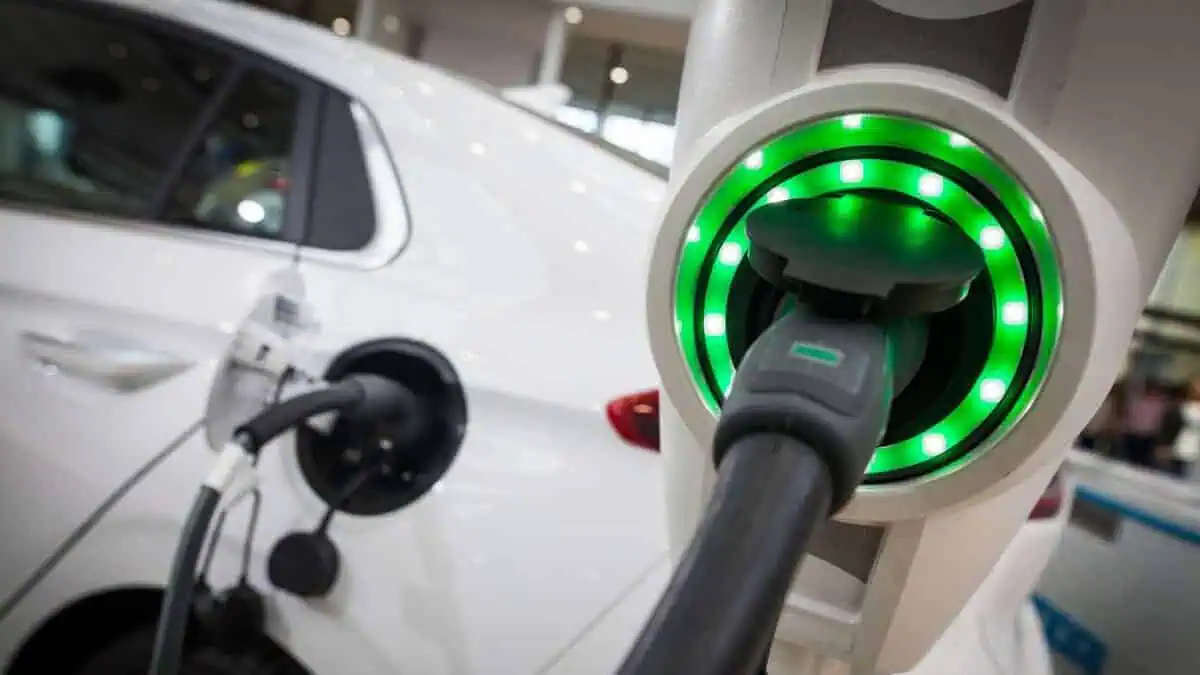The French Government has just announced a new €125 million in funding for cycling infrastructure development under the 2023-2027 plan, Clean Rider reports.
Purpose
France’s new cycling plan aims to promote sustainable and clean energy mobility among the citizens, potentially reducing the number of cars on the roads.
Specifically, it seeks to expand the cycle routes across the country by building cycle paths, greenways, and other footbridges for two-wheeler vehicles.
As mentioned, the project will initially gain funding of €125 million. The French Government plans to raise this amount by twofold in April 2024.
InsideEVs noted Minister of Ecological Transition and Territorial Cohesion Christophe Béchu and Minister Delegate for Transport Clément Beaune will supervise the project.
Submission of applications
The French Government pledged to focus on the “least equipped territories, with low population density and to overseas territories.” It aims to ensure that mobility infrastructure development is inclusive and no communities are left behind.
For those interested, applications opened on November 22 and will close on March 8 next year. Meanwhile, the French Government will release the list of winners in July 2024.
Significance
This new funding demonstrates France’s strong commitment to advance its cycling-focused projects. Such projects are crucial for the country to achieve its goal of reducing greenhouse gas emissions by 50% by 2030 compared to the 1990 level.
Electric two-wheelers and even traditional bicycles can significantly aid the French Government in shifting away from polluting traditional gas-powered vehicles.
In fact, e-bikes are gaining traction across the world, particularly in the European market. The German Bicycle Industry Association even projects e-bikes to outperform traditional bikes’ sales this year.
All that said, it is unsurprising that the French Government is continuously expanding its investments in two-wheeler mobility by providing them with designated routes. Such projects guarantee the safety of two-wheeler drivers, considering the speed of four-wheeler cars on the main road.






